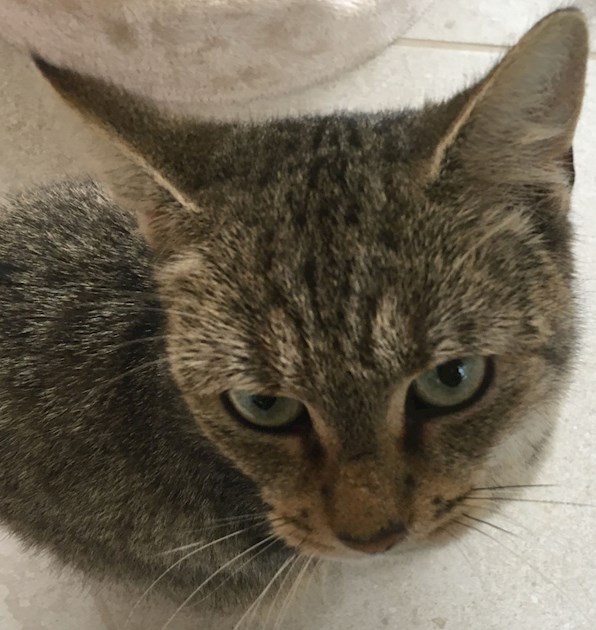As with humans, so with cats. At least as regards reference ranges for populations versus individual cats.
Domest Anim Endocrinol. 2019 Sep 5;71:106389. doi: 10.1016/j.domaniend.2019.106389. [Epub ahead of print]
Short-term biological variation of serum thyroid hormones concentrations in clinically healthy cats.
Prieto JM1, Carney PC1, Miller ML1, Rishniw M1, Randolph JF1, Lamb SV2, Place NJ2, Peterson ME3.
Author information
1 Department of Clinical Sciences, College of Veterinary Medicine, Cornell University, Ithaca, NY, USA.
2 Department of Population Medicine & Diagnostic Sciences, College of Veterinary Medicine, Cornell University, Ithaca, NY, USA.
3 Department of Clinical Sciences, College of Veterinary Medicine, Cornell University, Ithaca, NY, USA; Animal Endocrine Clinic, New York, NY, USA.
Abstract
Thyroid disease is common in cats, but little is known about the biologic variability of serum thyroid hormone concentrations and its impact on diagnostic utility in either healthy cats or cats with thyroid disease. The purpose of this study was to determine the biological variation, index of individuality, and reference change values for thyroid hormones and thyroid-stimulating hormone (TSH) in clinically healthy cats. Serum samples for analysis of total thyroxine (T4), triiodothyronine (T3), free T4 by dialysis, and TSH were obtained weekly for 6 wk from 10 healthy cats, then frozen until single-batch analyzed. Data were evaluated for outliers, and we determined the CV within individual cats (CVI) and between individual cats (CVG) for each hormone and the variation between duplicates or analytical variation (CVA). The index of individuality and reference change values for each hormone were then calculated. Serum concentrations of total T4, free T4, T3, and TSH all showed greater variation between cats (CVG) than within cats (CVI). Total and free T4 had an intermediate index of individuality (1.1 and 1.2, respectively), suggesting that these hormones would be best evaluated by a combination of their population-based reference intervals and reference change values. Serum TSH concentrations had high index of individuality (1.8), suggesting this hormone would be best evaluated with reference change values rather than the population-based reference interval. Total T3 also had a high calculated index of individuality (1.8); however, T3 had high ratio of analytical variation (CVA) to within cat variation (CVI), so RCV could not be accurately calculated. This study demonstrates that clinically normal cats show considerable interindividual biological variation in serum thyroid hormone and TSH concentrations, whereas the intraindividual variability in hormone concentrations is much narrower. This suggests that for all serum thyroid hormones, but especially serum TSH and T3 concentrations, comparing individual cat's hormone results to a population-based reference interval may be misleading, especially in those with early or subclinical thyroid disease. Clinicians might improve the diagnosis of feline thyroid disease by establishing baseline concentrations of T4, free T4, T3, and TSH for individual cats (ideally when healthy) and applying reference change values to subsequent measurements.
Copyright © 2019 Elsevier Inc. All rights reserved.
KEYWORDS:
Index of individuality; Population-based reference intervals; Reference change value; Subject-based reference intervals; Thyroid-stimulating hormone
PMID: 31731251
DOI: 10.1016/j.domaniend.2019.106389
ncbi.nlm.nih.gov/pubmed/317...
Let us see the same conclusion applied universally, please, humans and cats:
Clinicians might improve the diagnosis of thyroid disease by establishing baseline concentrations of T4, free T4, T3, and TSH for individuals (ideally when healthy) and applying reference change values to subsequent measurements.



